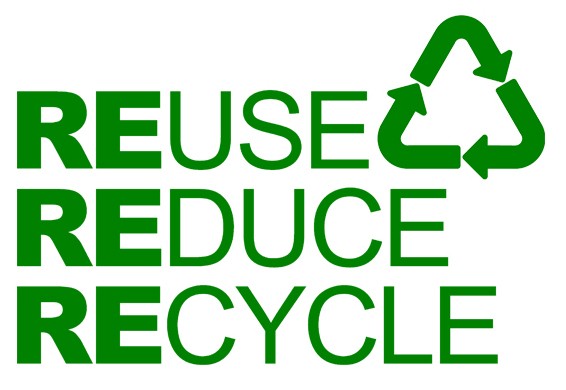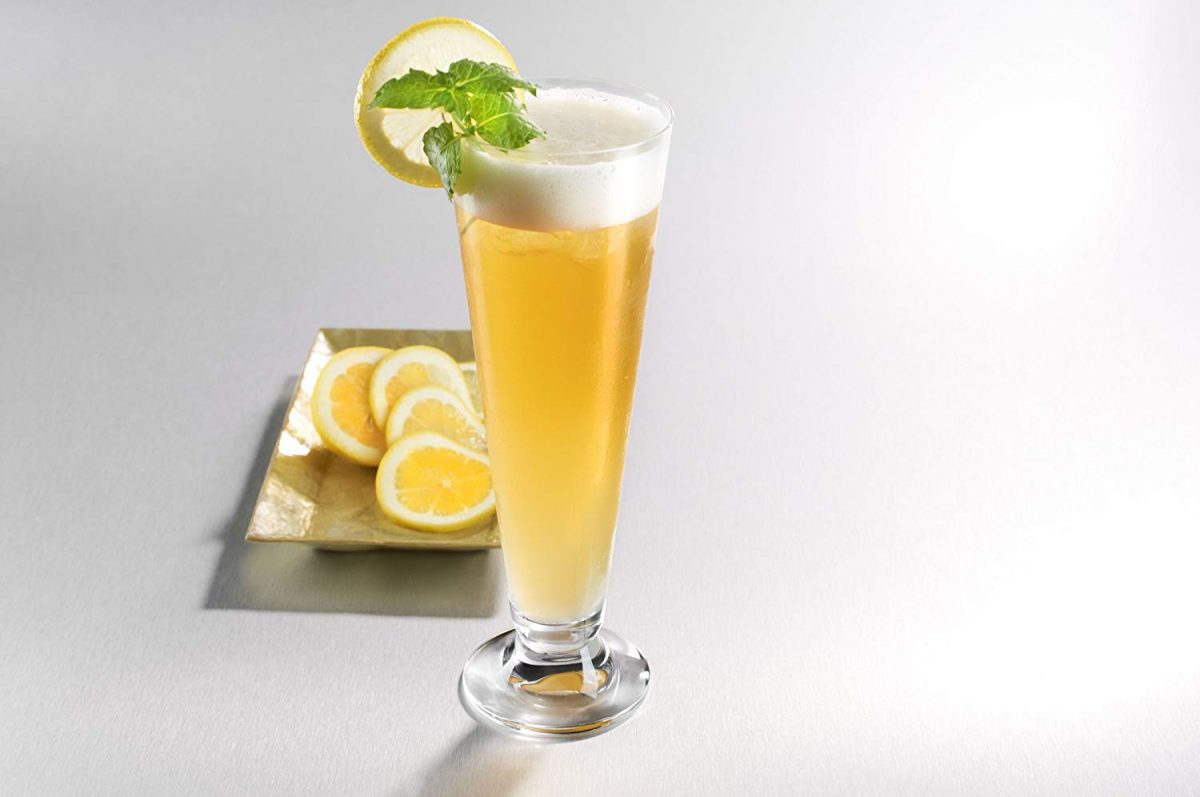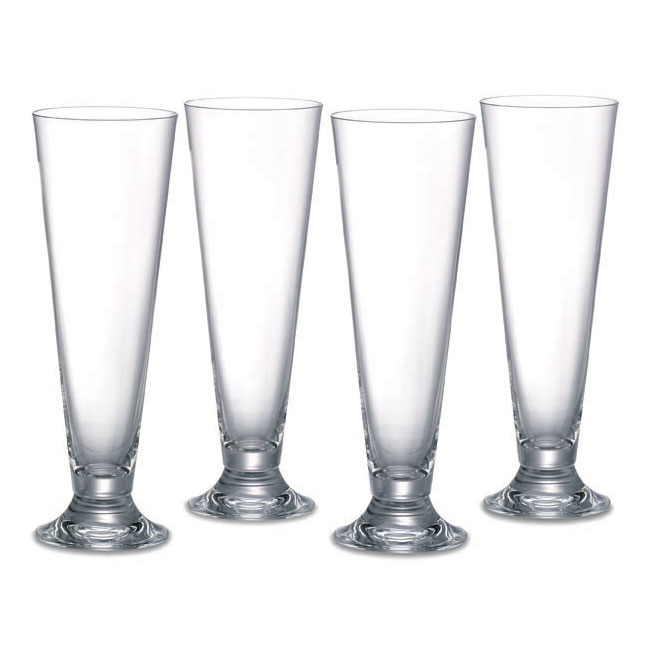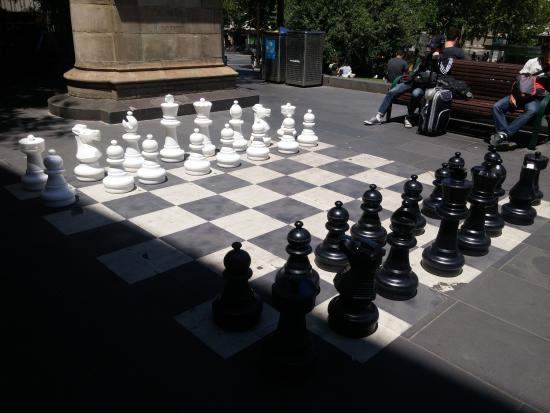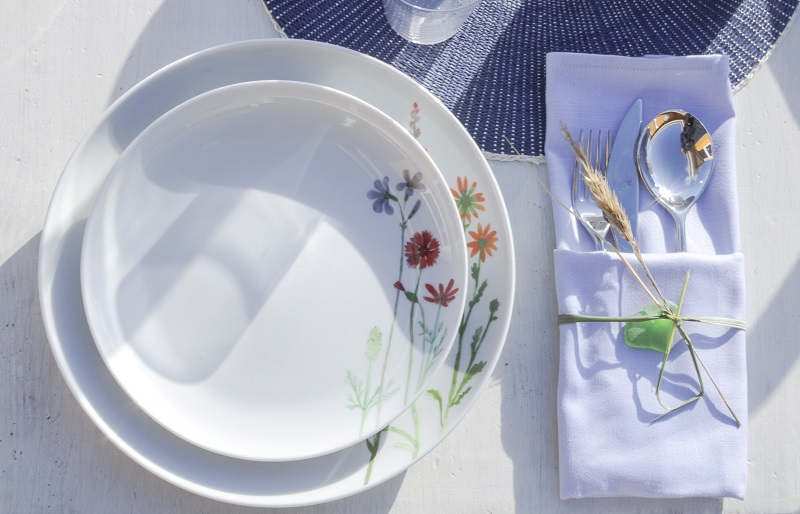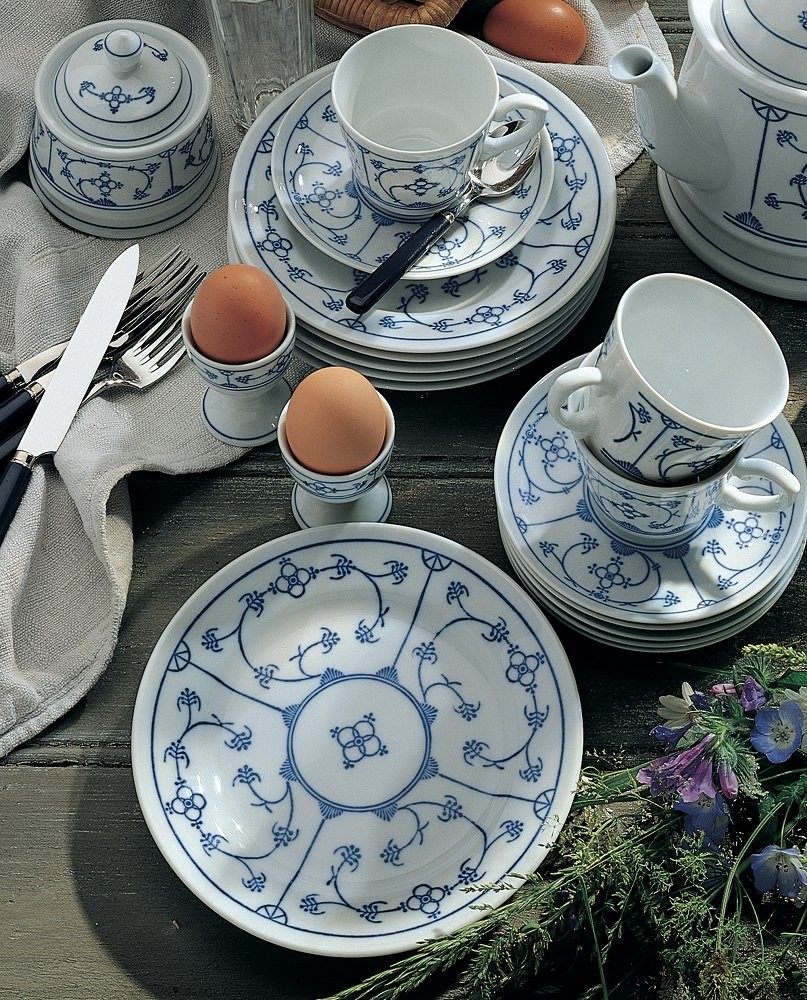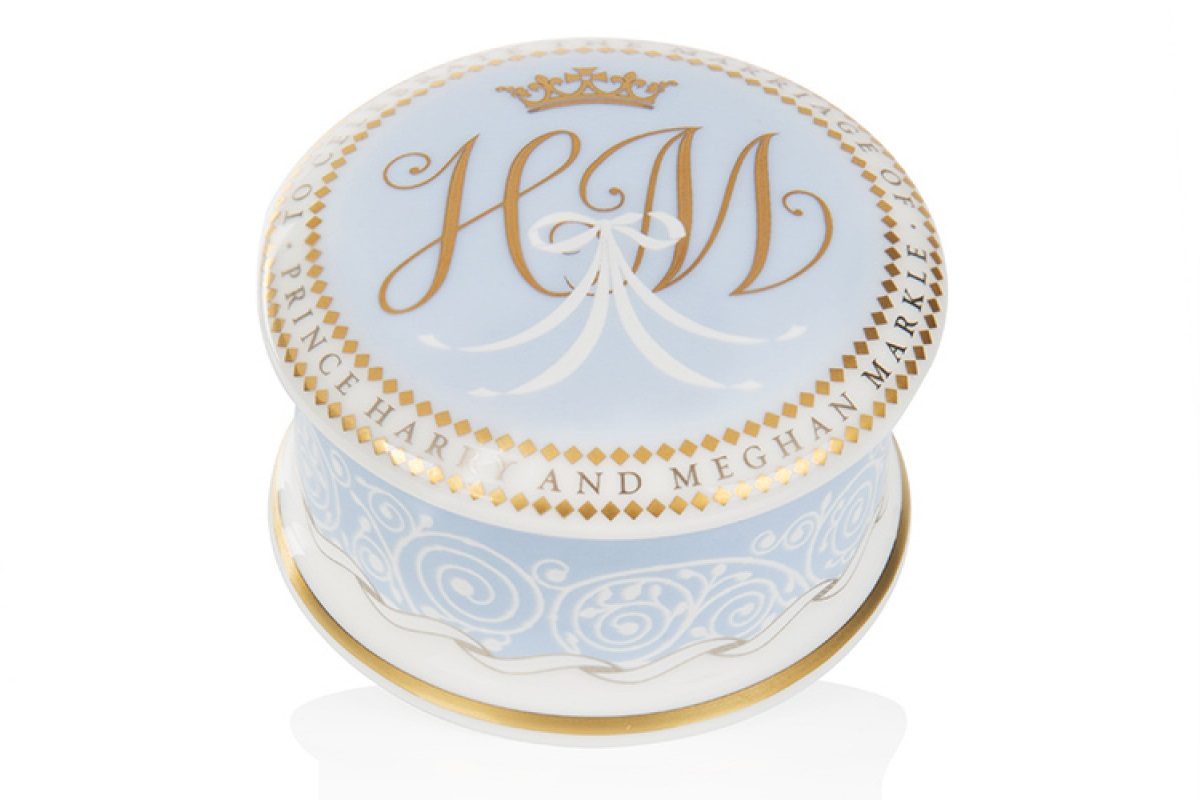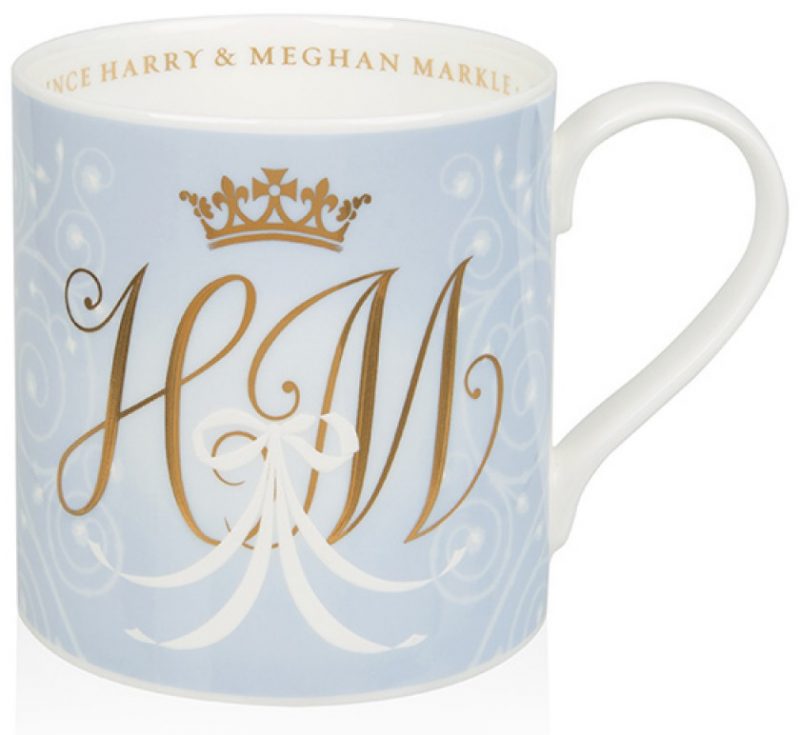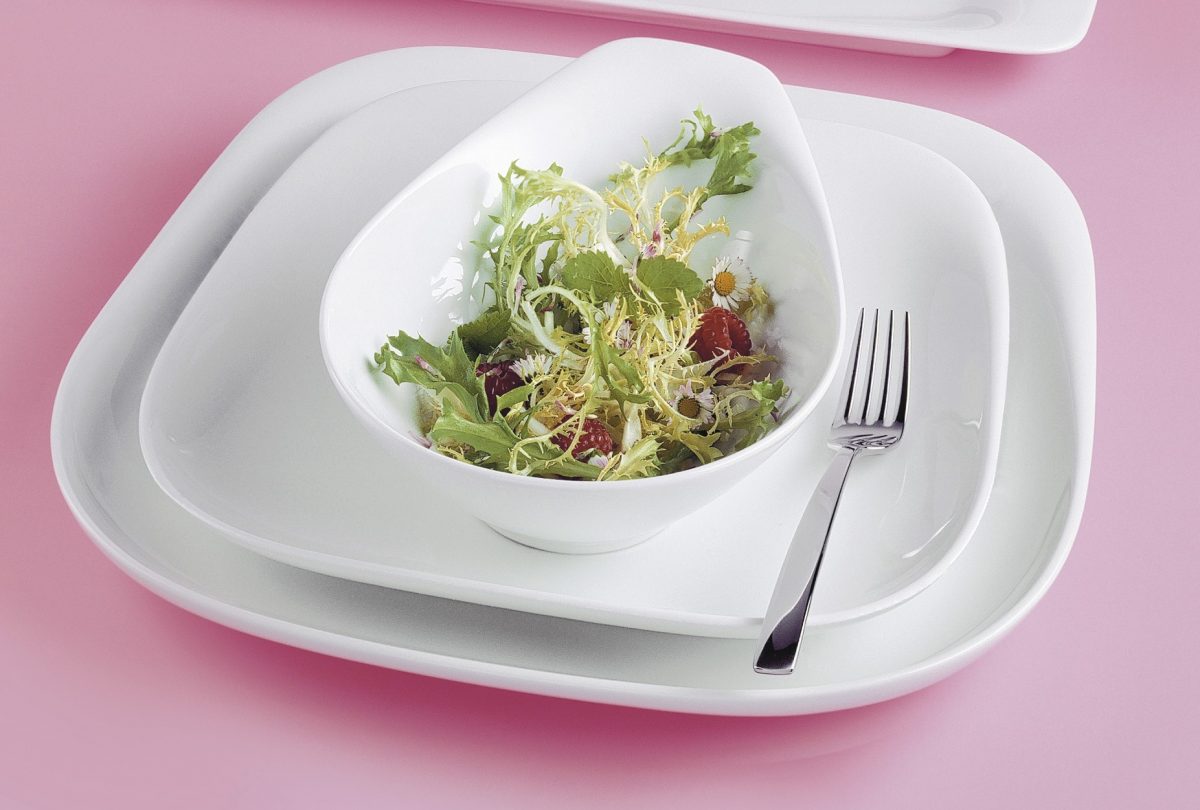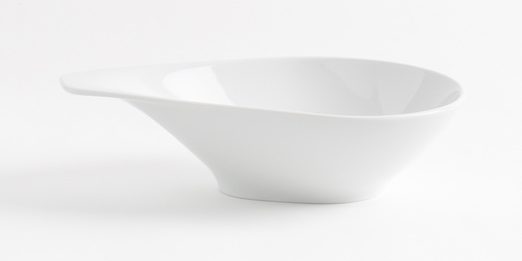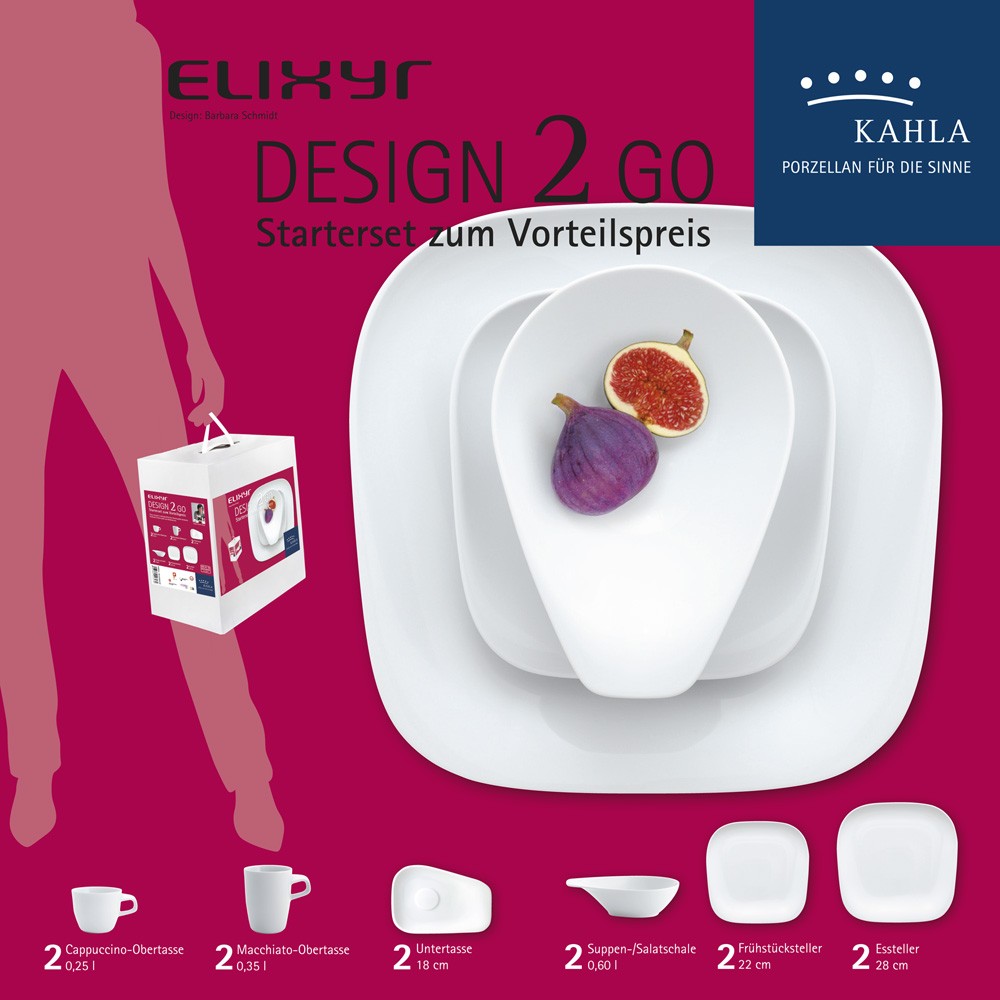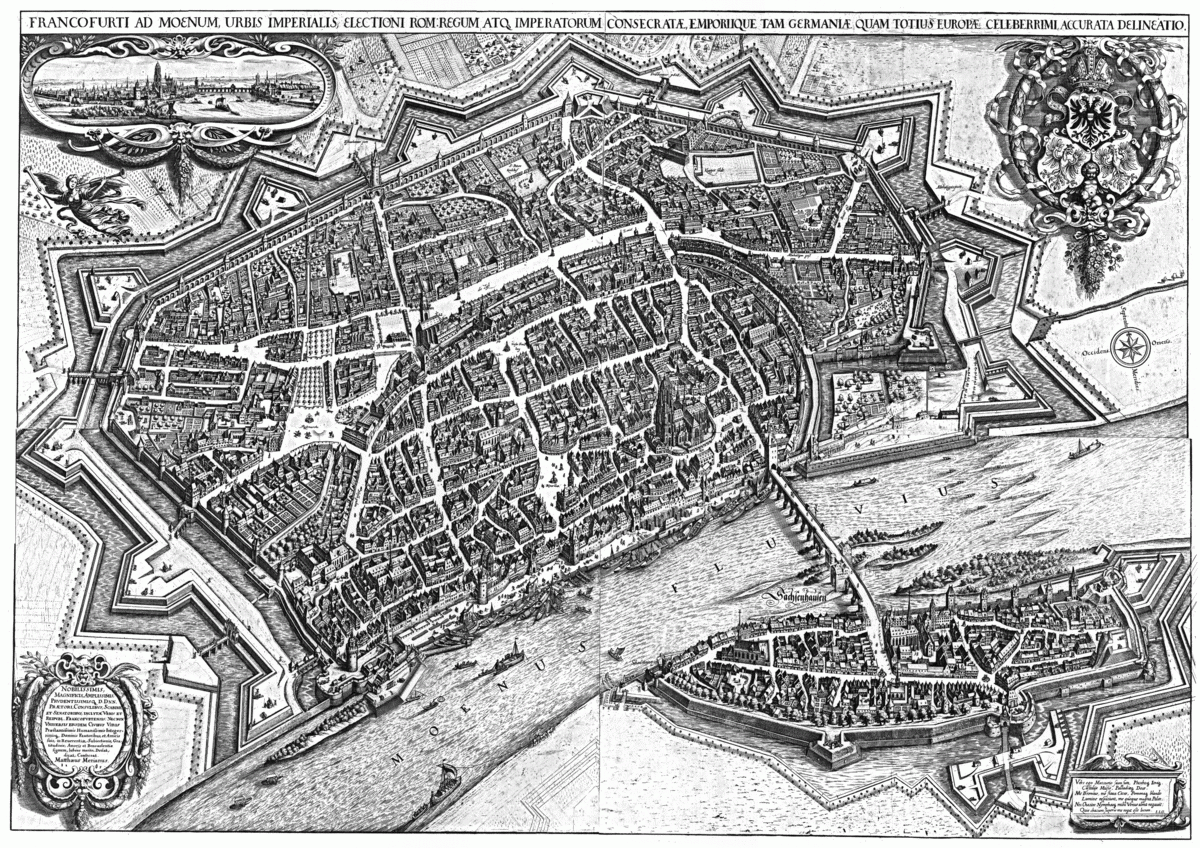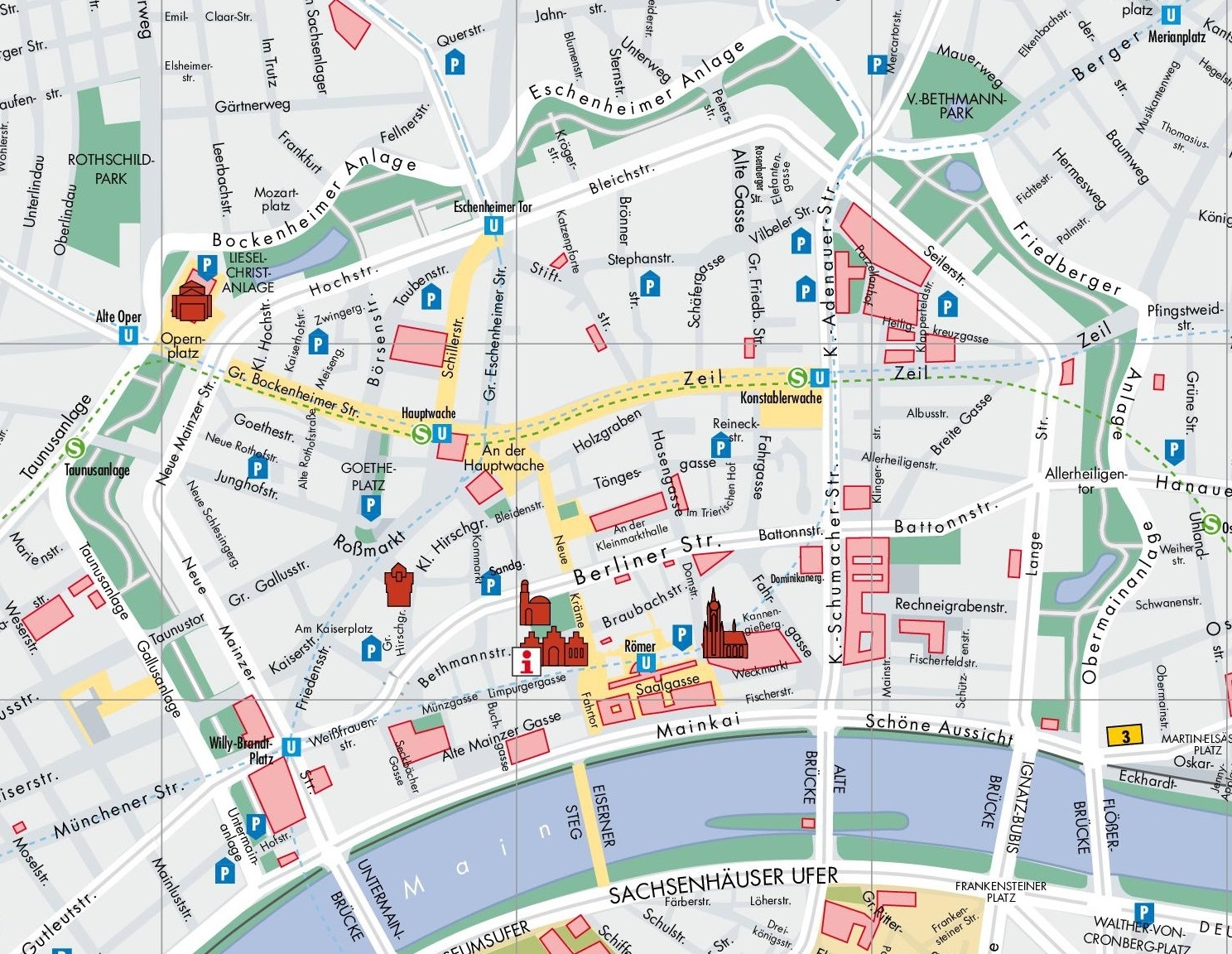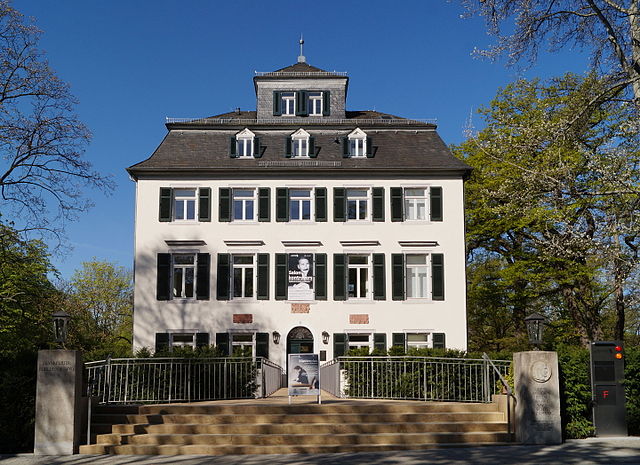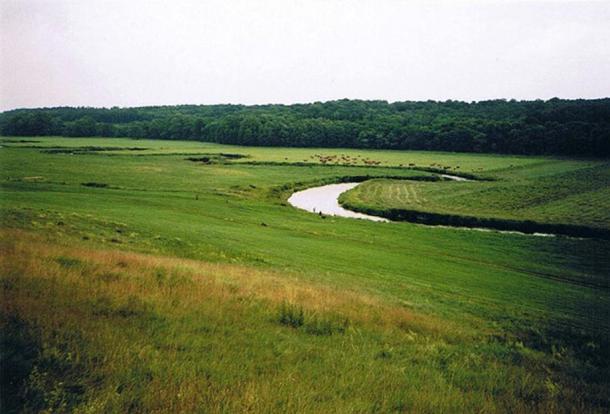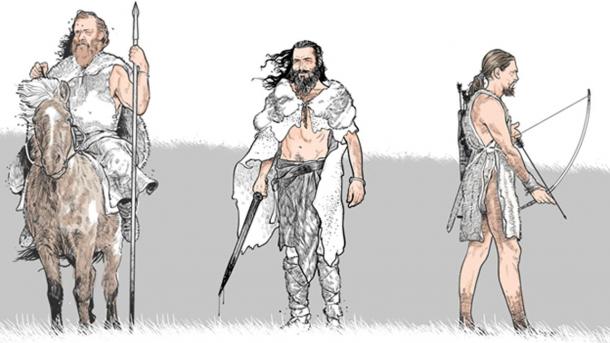Great educators have used it since Aristotle
The Rule of Three for learning establishes the requirement that students be given the opportunity to learn something at least three times before they are expected to know it and apply it.
- Students engage in a particular learning topic for the first time. The key is that the student must be engaged; an introductory lecture or a movie clip don’t count because the students are learning passively — just listening or observing. So after the introduction and modeling by the teacher, step one of the Rule of Three could be a vocabulary development exercise, a history inquiry activity about primary and secondary sources, or a mathematical patterns discovery excursion. The important thing is that students have their first roll-up-the-sleeves-and-get-messy experience with the content they are supposed to acquire. Much of what the students learn in this step will still be in the knowledge and comprehension level.
- In this step, students have their second opportunity to practice what they learned in step one. Since students have some basic knowledge of what the topic is, this is a wonderful time to use collaborative-learning strategies. Students can analyze the word compositions by categorizing them according to similarities. Students can assess the validity of the data acquired from primary sources versus secondary sources using tertiary sources. Students would be able to expand their knowledge, for example, of mathematical patterns by creating unique formulas that create visual patterns when graphed.
- While three steps are the minimum, sometimes students require more than three opportunities to learn. This step should not be viewed as the final step. In step three, students get to do the really fun stuff through project-based learning, product-based learning — with a lot of hands-on learning. All of these learning activities require problem-solving (analysis), critical thinking (evaluation), and creative thinking (synthesis).
